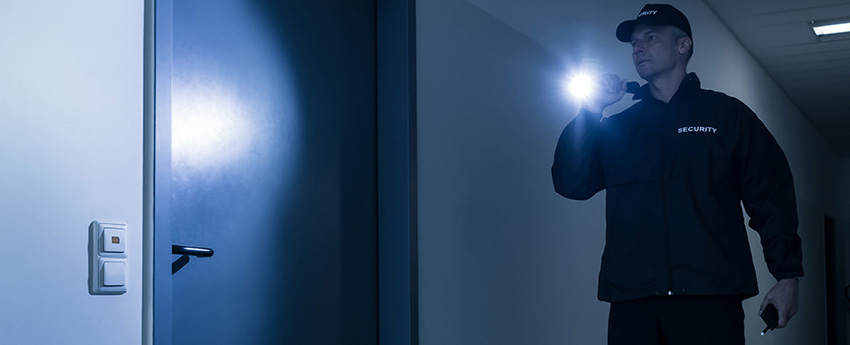
Careers that are interrelated to any business venture like jobs associated to event-planning or even those with preparing a dough and batter may interest you, know that apart from all of these pursuits – there’s always a room for you in the hospitality industry and get to know more about it!
There’s this one perception from a chief economist of Galaviz & Company, a Las Vegas-based travel and leisure consulting firm – Jonathan Galaviz, that hospitality industry is actually has its two sides of the story; (1) Operational Side – which consists the front-line work and (2) Corporate Side – which promotes structure over creativity. Although most of us mull over and imagine more of distinct foods and its services also assembly/event planning when we think of hospitality jobs, there’s certainly plenty of opportunity on the business side as well. Moreover, there are vast possibilities to get involved with multinational development, market analysis and strategic scheme.
No matter which area of the industry fascinates you most, here are still some proficient tips for breaching into hospitality.
Market your Experience
Most of the managers who are tasked to hire new people for new set of jobs has this mentality that everyone can be as competent as skilled ones even on the entry-level tasks. And so because of this perception, one must know how to Market Ones Experience. Value what sets you apart and what makes you worth bringing. People who expresses their journeys with fervor, people who are expert of their own craft — those are people whose own dexterities resonate.
You’ll immensely be more noticeable if you have the passion in you for your hospitality career. And according to Galaviz, the prime inaccuracy that aspirants sort is that they are not concise with that they really aim for or their long-term purpose not just in this industry but as a whole. In fact, a number of new experts cross the threshold of hospitality industry in reality because they consider this to be more fun, but when in fact it reaches a larger scope on business matters – more critical and even more precise.
Appreciate the Treads
Among the copious number of people who are actually on higher posts or on top of hospitality management position started off on an entry-level job like waitstaff, bartenders, line cook, baker, technical support, reservations clerks or bookkeepers. These entry-level statuses are essential because this is where they nurture their character and provide you a possibility to see the business from being trivial to its wider latitude.
If you have a minimal familiarity or skill in this kind of industry, you’re not actually far behind on the fast pace of employment in hospitality industry – there’s still a lot that’s in store for you! Skill can be nurtured further. Little by little expose yourselves even you were just joining a slenderer enterprise like boutiques or restaurants until then you are more confident to indulge in a greater scale and that’s how you could appreciate more the treads beneath the cycle of this industry. Start your career in this kind of industry for there are countless spots to go through and many areas to grow in. It’s a guarantee!
You might probably think why exactly this industry is well-liked and why vast people aspire to work in it. Long working hours could possibly be very exhausting since the shifts can be long and arduous, on the other hand you’ll seldom catch someone with a hospitality career who doesn’t have an excitement to be on it. Take a glimpse of these five wonderful rationales why a career in hospitality is awesome!
-
You leave a good mark to your people.
Whether you’re a front desk clerk in magnificent hotel or a chef who’s cooking behind the scenes or even if you’re part of this involvement in this kind of industry, you sees to it that every outcome will be on good palate and value for the habitués because you know for yourself that every time you come into work you’re making someone’s day far better. It’s all about leaving notable smiles on them. -
You learn how to be more imaginative.
On top of being a people-oriented industry, hospitality is ingenious. You are designing a product — be that food or an experience — and there’s always scope to dream up new ways of making it more enjoyable for your customers. -
It opens a lot of opportunities for you.
Wherever you go – Hospitality Industry is always on the go and the abilities you acquire here are eagerly manageable, this simply means that a career in hospitality can easily be the key to discerning new realms, new principles and new people as well.
There is such massive scope within the hospitality industry that there’s never any need for you to get caught in one function. You could actually stay with the same company and in the space of a few years, move between distinct jobs within the leeway. Isn’t it great? -
You can yield on early obligation.
You can also create your way up the treads very quickly in hospitality. Just work hard, attain a qualification, get on with customers and associates and very soon, you’ll discover yourself in a higher managing position with people and projects. -
Great working atmosphere.
In the workplace, it’s an assurance that this industry doesn’t hire people who are unfriendly to our customers, that is why the hospitality industry contains some of the most vivacious, dynamic and amusing people you’ll ever meet. You just don’t get good people, you as well have good bunch of friends to work with!
Reference:
Margot Carmichael Lester. Break into the Hospitality Industry. Retrieved February 28, 2017, from Monster
10 reasons why hospitality jobs are great. Retrieved February 28, 2017, from Caterer.com










Recent Comments